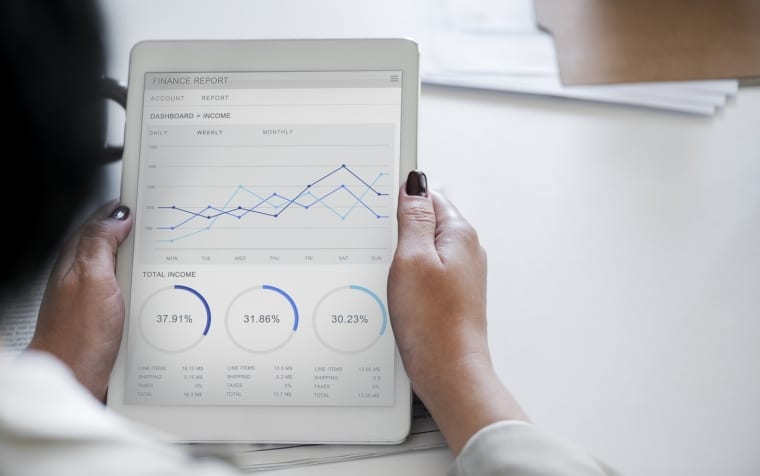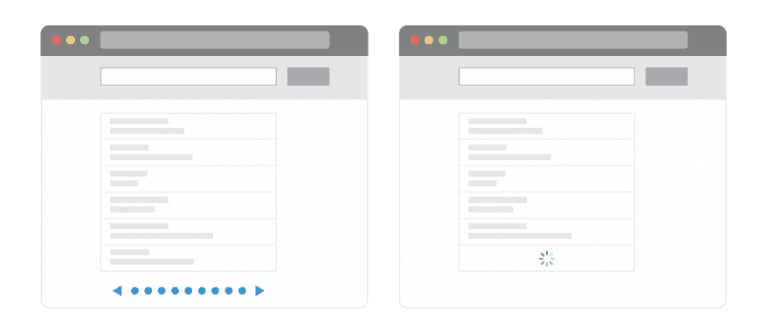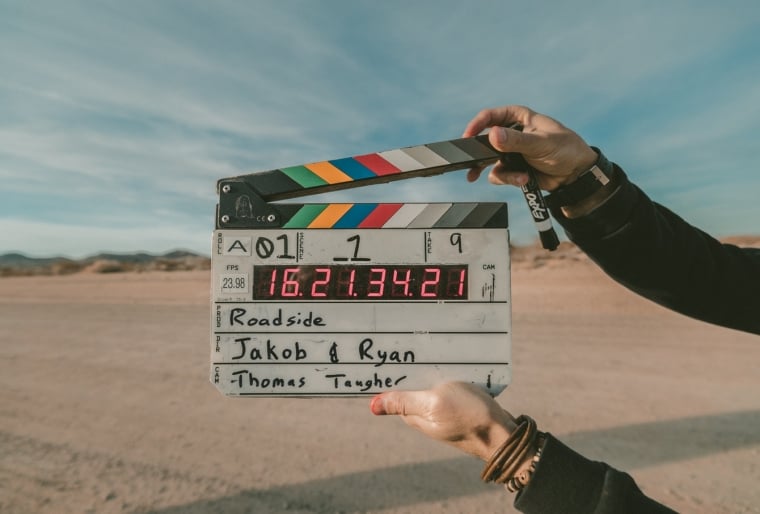If you want to sell, you need to be seen. Getting noticed on the internet can be difficult, thanks to thousands of other websites competing for attention. Fortunately, the internet has rules on how to be as attention-catching as possible.
If you’ve ever asked yourself, “What is SEO optimization, and why does my website need this?”, then you’re in luck. We’re listing down all the ways bad web design can harm your website’s visibility efforts. Ready? Time to buckle up.
Why you need search engine optimization
Google is the world’s homepage. If you want to know about anything and everything, you turn to Google. They’ve become so effective at what they do that their brand name is now a verb—to “Google” is to search for answers on the internet.
Without a doubt, Google is one of your best chances at getting website views. If your website is what comes up on the first page of a Google search, then people are much more likely to click on your website. To get on the first page of Google’s search results is what it means to “rank on Google.” And to rank on Google, your website needs to be search engine optimized.
Technical Fouls To Avoid
Your website itself might need some touching-up. Here’s what you need to look out for.
Bad H1 and Meta Data
Each of your website’s many pages needs to have a header 1 tag and the accompanying metadata. Often, H1 is the title of the page itself or the headline of a blog post. Metadata, on the other hand, contains the description of the page’s content, as well as keywords linked to that content.
Search engine crawlers scan your website to rank it and compare it to other websites. They use the H1 tags and metadata to figure out what the page they’re crawling is all about in the first place.
Tip: Make sure your H1 and metadata both contain the page’s keyword and make sure it’s within the required length for Google’s listings.
Infinite scroll
Infinite scroll is a feature that allows a user to keep scrolling down a website. The lower you scroll, the more information the website loads. While this sounds like an excellent technique to keep readers engaged, it can also damage SEO efforts.
For pages like blog post categories, the default setting allows only ten blog posts per page. Search engine crawlers therefore only scroll and crawl the first ten blog posts. The rest don’t register at all.
Tip: Choose wisely which blog pages should have infinite scrolling. Blog pages typically should be navigated using pages, while information pages (e.g., About Us, Contact Us, etc.) can benefit from infinite scrolling.
Pop-ups
What do pop-ups remind you of? If you answered with annoying mailing list invitation, virus-infected downloads, and fake “You won a prize!” announcements, then you already have an idea why pop-ups aren’t advisable.
Search engine optimization takes into consideration the user experience of your website. If your website provides terrible user experience, search engines aren’t going to rank your page. Here are some web design techniques to avoid coming from Google itself:
- Using a popup ad which covers your website’s main content, either immediately when the page is opened from search results or when a visitor is scrolling through your homepage
- Similarly, using a popup ad that a visitor has to dismiss before they can view your homepage’s main content
- Using a layout where, before the main content can be accessed, there’s a popup ad that appears upon clicking on any element of your homepage
Content Considerations
Let us show you a few tips that can prepare your content for SEO.
Large media files
Having large media files slow down your website load time, and search engine crawlers don’t favor slow websites. If one video could slow down a page, what more could three videos do? Or six high-resolution images do?
Here’s what happens when your website is too slow to load:
- Your visitor will get impatient waiting for the website to load.
- Your visitor exits the website.
Additionally, Google drops website rankings when a website has below the optimal website speed. Test your website speed to check if your site won’t drive away viewers, and don’t forget to check a few tips on how to speed up your site.
Tip: Keep your media files appropriately-sized. Your logo shouldn’t be larger than 300 x 300 pixels if it only occupies a tiny space on your website’s header.
Duplicate content
We already knew plagiarism is bad, but if that’s not enough to convince you, consider this: SEO doesn’t rank websites with duplicate content. Search engine crawlers favor websites with original content. Why direct users to a website that won’t provide them with any new information?
Tip: Invest in content writers. Hire an in-house content writer, or get an agency to provide content for your website.
Conclusion
Web design can make or break your SEO efforts. Investing time and effort in a search engine optimized website will drive more viewers to your blog – and with these tips, you won’t be having any problems keeping them engaged, as well.



